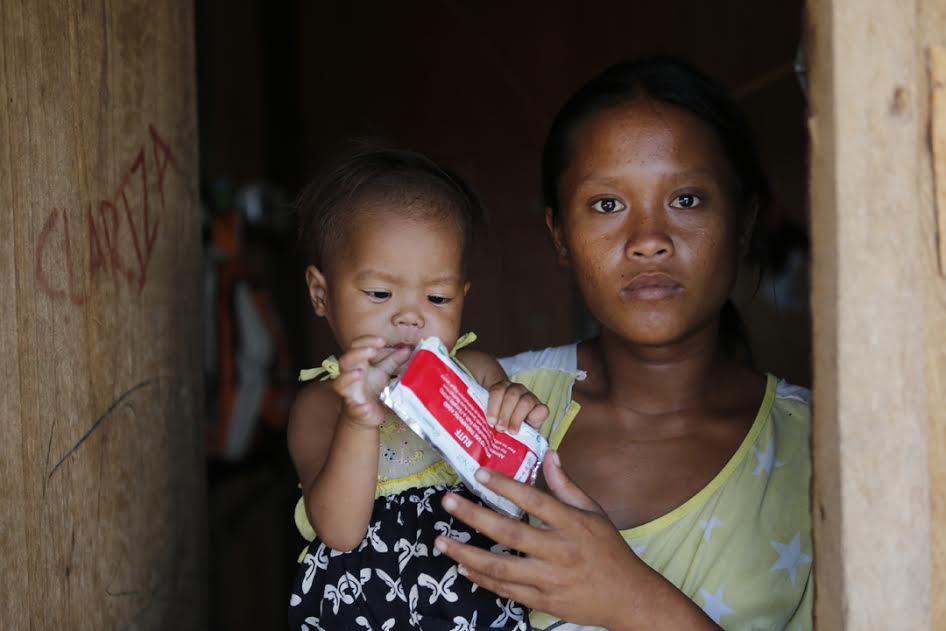Malnutrition among children does not only stem from insufficient food intake; overeating makes them unhealthy, too.
With some children consuming more than the dietary requirement and others not receiving enough nutrients, middle-income countries like the Philippines, Indonesia, Malaysia and Thailand face the “double burden of malnutrition,” according to a joint report by the United Nations International Children’s Emergency Fund (UNICEF), World Health Organization (WHO) and Association of Southeast Asian Nations (ASEAN).
In the Philippines, the prevalence of overweight children below five years old increased by 400 percent, from 1 percent in 1992 to 5 percent in 2013. Wasting, being underweight and stunting, however, remain high at 8 percent, 20 percent and 30 percent, respectively.

“Asian children are now at risk of malnutrition from both ends of the spectrum,” said Christiane Rudert, Regional Nutrition Adviser for UNICEF East Asia and Pacific.
“Many countries in South East Asia have seen impressive economic gains in the last decade, lifting millions of children out of poverty. However, at the same time we have seen the rise of conditions like obesity, previously associated with high income countries,” Rudert said.
The causes of undernutrition and being overweight are intertwined, the report said. Stunted growth in early childhood could lead to a greater risk of obesity, it added.
Studies show that children who experience growth delay in the first 1000 days of life are more likely to become overweight or obese later in life.
The rise in overweight and obese children is also attributable to the increased consumption of energy-dense and nutrient-poor processed food that is high in sugar and fat, as well as physical inactivity and a sedentary lifestyle.
This growing trend in ASEAN countries contributes to the prevalence of chronic diseases like diabetes and heart conditions, which result in high social and economic costs.
In 2006, the Philippines lost nearly US$ 60 million (P2.8 billion) due to coronary heart disease, stroke and diabetes, the report said. The estimate almost doubled by 2015, according to the report.
While the country confronts problems related to overnutrition, it also needs to address the high rate of stunting and underweight young children.


